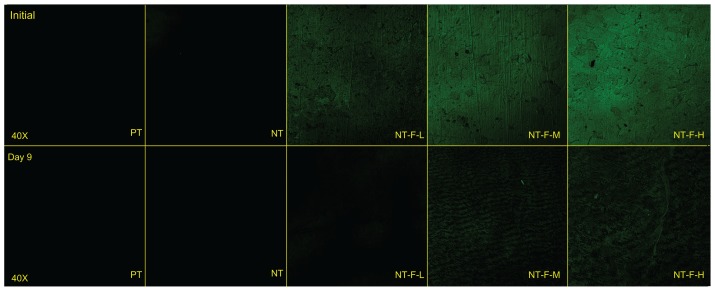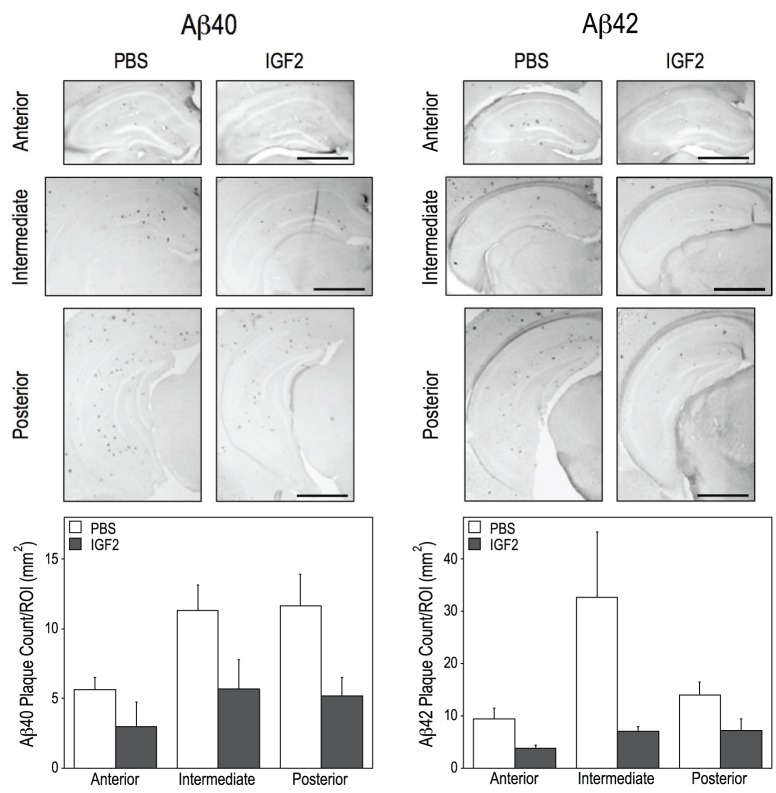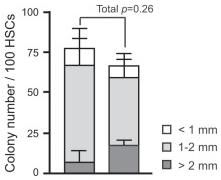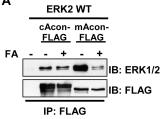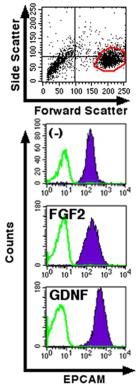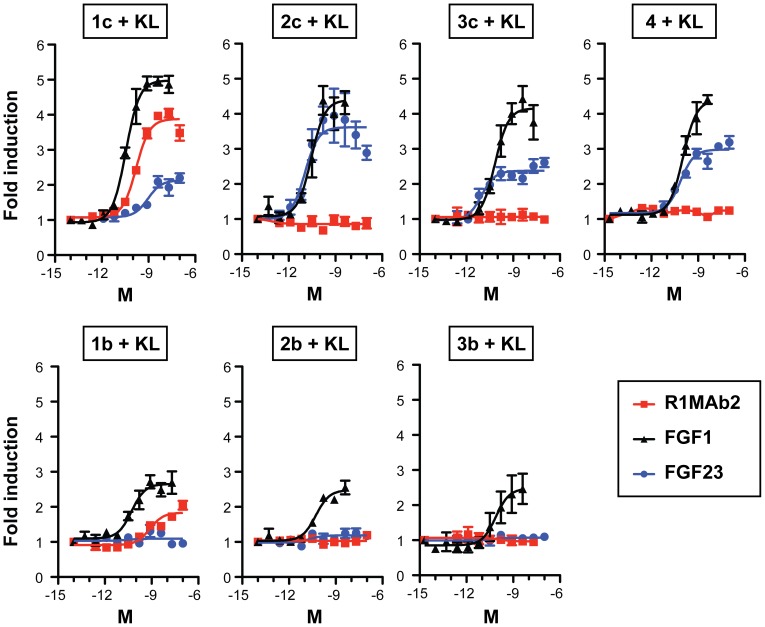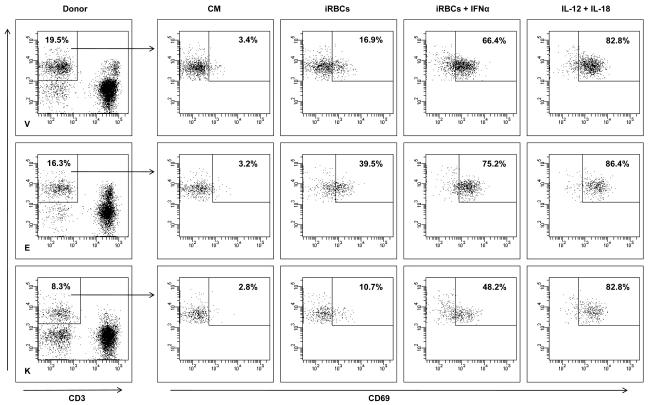Human basic Fibroblast Growth Factor Recombinant
Categories: FGF familyFGF familyRecombinant Human Cytokines$70.00 – $700.00
Description
Accession
P09038
Source
Optimized DNA sequence encoding Human basic Fibroblast Growth Factor mature chain was expressed in Escherichia Coli.
Molecular weight
Recombinant bFGF is a monomer protein consisting of 155 amino acid residue subunits, and migrates as an approximately 17 kDa protein under non-reducing and reducing conditions in SDS-PAGE.
Purity
>96%, as determined by SDS-PAGE and HPLC
Biological Activity
The ED(50) was determined by the dose-dependent stimulation of thymidine uptake by BaF3 cells expressing FGF receptors, corresponding to a specific activity of ≥2x10^7 units/mg.
Protein Sequence
MAAGSITTLP ALPEDGGSGA FPPGHFKDPK RLYCKNGGFF LRIHPDGRVD GVREKSDPHI KLQLQAEERG VVSIKGVCAN RYLAMKEDGR LLASKCVTDE CFFFERLESN NYNTYRSRKY TSWYVALKRT GQYKLGSKTG PGQKAILFLP MSAKS
Endotoxin
Endotoxin content was assayed using a LAL gel clot method. Endotoxin level was found to be less than 0.1 ng/µg(1EU/µg).
Presentation
Human Basic FGF was lyophilized from a 0.2 μm filtered solution inM NaCl,20mM PB pH7.0 .
Reconstitution
A quick spin of the vial followed by reconstitution in distilled water to a concentration not less than 0.1 mg/mL. This solution can then be diluted into other buffers.
Storage
The lyophilized protein is stable for at least years from date of receipt at -20° C. Upon reconstitution, this cytokine can be stored in working aliquots at2° -8° C for one month, or at -20° C for six months, with a carrier protein without detectable loss of activity. Avoid repeated freeze/thaw cycles.
Usage
This cytokine product is for research purposes only.It may not be used for therapeutics or diagnostic purposes.
Interactor
O35082
Interactor
O43353
Interactor
Interactor
Interactor
Q802A9
Interactor
Interactor
Biological Process
Biological Process
Molecular function
Molecular function
Molecular function
Methods
Neural progenitor cell isolation and maintenance
- All procedures were performed in sterile fashion in a class II biosafety cabinet.
- A representative portion (2.5 cm) of three regions (thoracic, cervical and lumbar) of the spinal cord was used for Neural Progenitor Cell (NPC) isolation as described previously.
- Briefly, tissue was diced and a single cell suspension was obtained by enzymatic dissociation of the tissue at 37 °C for approximately 30–40 minutes with 2.5 U/ml papain , 250 U/ml of DNase I , and 1 U/ml neutral protease .
- After dissociation, the cell suspension was mixed with DMEM/F12 with 10% fetal bovine serum (FBS, , ), passed through a 70 μM filter, and centrifuged.
- The cell pellet was resuspended in DMEM/F12 with 10% FBS and combined 1:1 with percoll (GE Healthcare, Piscataway, NJ).
- The cell/percoll mixture was centrifuged at 20,000 g for 30 min at room temperature and the low buoyancy fraction (10 ml) above the red blood cell layer…
Cell dissociation and culture
- Enzymatic digestion was used to dissociate human CSCs from atrial appendages as described previously 2+/Mg2+-free PBS buffer.
- Thereafter, the samples were minced into small pieces (∼1 mm) and washed extensively in fresh cold PBS buffer.
- The chopped tissues were then transferred into 50 ml tube and incubated with collagenase II (30 U/ml) in 37°C shaker for 60 min.
- The loosened tissues were further mechanically dissociated by gently pipetting.
- The undigested tissue clumps were allowed to settle down by gravity on ice for 10 min followed by transferring the supernatant into another 15 ml tube.
- After centrifuge at 1,400 rpm for 5 min, the cell pellet was resuspended in fresh medium'>CSC culture medium consisting of Ham's F12 , 10% FBS , 10 ng/ml human bFGF , 0.2 mM L-glutathione, and 0.005 U/ml human erythropoietin (both from, ).
- The cells suspension was then plated in culture flask and cultured in 37°C incubator supplied with…
Materials
- Fetal bovine serum (FBS), Dulbecco's Modified Eagle Medium (DMEM), Penicillin–Streptomycin (Pen–Strep), HEPES and trypsin/EDTA were obtained from .
- Ascorbic acid-2-phosphate, dexamethasone, sodium-β-glycerophosphate, Triton X-100, fibrinogen and thrombin were obtained from (St. Louis, ).
- Basic fibroblast growth factor (bFGF) and bone morphogenetic protein 2 (
BMP2 ) were obtained from . - Endothelial Growth Medium-2 (
EGM ) was obtained from . - Phosphate buffered saline (PBS) and proteinase K were obtained from Fisher Scientific .
- All other substances were of analytical or pharmaceutical grade and obtained from Sigma-Aldrich.
Cell culture
- GM97, GM1600, and GM1605 were established from surgically resected specimens from glioblastoma patients at the University of California Los Angeles, in accordance with protocols approved by the University of California Los Angeles Institutional Review Board, as previously described 2 cell culture incubator .
- Glioblastoma and medulloblastoma cells grown as sphere cultures were collected by gentle centrifugation (800×g, 5 min) and trypsinized with 0.05% TrypLESelect for 5 min by pipetting.
- Cells were washed twice with phosphate buffered saline (PBS), counted, and seeded at a density of 2000 cells per 200 µL into 96-well ultralow-attachment plates (Corning).
MN Induction of Human Mesenchymal Stem Cells
- Subconfluent hMSCs were incubated in growth medium with 1 mM β-mercaptoethanol for 24 hours and were subsequently treated with 2 mM β-mercaptoethanol.
- After 3 hours, cultures were transferred to growth medium containing 1 µM retinoic acid (RA) and 5 µM forskolin (FSK).
- At day 3, the cultures were maintained in growth medium supplemented with 1 µM RA, 5 µM FSK and 10 ng/ml recombinant human basic-fibroblast growth factor (bFGF, , ).
- After an additional 4–6 days of culture, with media changes every 2 days, the cells were induced in the presence of 1 µMA, 5 µM FSK, 10 ng/ml bFGF and 200 ng/ml recombinant human sonic hedgehog (SHH& , , , ).
MN Induction of Human Mesenchymal Stem Cells
- Subconfluent hMSCs were incubated in growth medium with 1 mM β-mercaptoethanol for 24 hours and were subsequently treated with 2 mM β-mercaptoethanol.
- After 3 hours, cultures were transferred to growth medium containing 1 µM retinoic acid (RA) and 5 µM forskolin (FSK).
- At day 3, the cultures were maintained in growth medium supplemented with 1 µM RA, 5 µM FSK and 10 ng/ml recombinant human basic-fibroblast growth factor (bFGF, , ).
- After an additional 4–6 days of culture, with media changes every 2 days, the cells were induced in the presence of 1 µMA, 5 µM FSK, 10 ng/ml bFGF and 200 ng/ml recombinant human sonic hedgehog (SHH& , , , ).
Enrichment, clonal expansion and redifferentiation of lung CSCs
- CSCs were enriched from CMT167 and LLC cells by culturing 10,000 cells/ml in medium'>medium'>serum-free medium'>medium'>MEM-F12 medium'>medium containing 50 μg/ml insulin , 0.4% Albumin Bovine Fraction V , N-2 Plus Media Supplement , B-27 Supplement , 20 μg/ml EGF and 10 μg/ml bFGF medium'>(CSC medium'>medium) in ultra-low attachment flasks to support growth of undifferentiated oncospheres.
- Oncosphere cultures were expanded by trypsinization and mechanical dissociation followed by re-plating of single cell suspensions (10,000 cells /ml) in fresh CSC medium.
- Oncospheres were collected for experiments after 2 weeks in non-adherent culture.
- For clonal expansion, single cells were added to each well of 96-well ultra-low attachment tissue culture plates (Corning) and clonal expansion was monitored at the indicated time points.
- Oncosphere diameters were determined using Image-Pro Plus 6.3 .
- To redifferentiate oncospheres, single cell suspensions were…
Cell culture, transfection and ES cell differentiation
- Differentiation assays were conducted as described 2 in Differentiation medium (GMEM, 10% KSR, 0.1 mM 2-mercaptoethanol, 1× non-essential amino acids and 1× sodium pyruvate).
- When indicated, Differentiation medium was switched to standard Neural Stem Cell (NSC) medium (DMEM/F12 , 2 mM L-glutamine, 0.6% glucose, 9.6 µg/ml putrescine, 6.3 ng/ml progesterone, 5.2 ng/ml sodium selenite, 25 µg/ml insulin, 0.1 mg/ml Apo-t-transferrin, 2 µg/ml heparin (sodium salt, grade II), all from), 10 ng/ml hEGF and 20 ng/ml hFGF2 .
- NSC medium was changed every 4 days.
- Where indicated, 1 µM all-trans retinoic acid , 13 ng/ml BMP4 and 4 µM γ-Secretase inhibitor were used.
- Time-lapse microscopy was carried out using the IncuCyte Live-Cell Imaging System .
Brain tumour stem cell culture
- To induce the growth and expansion of BTSCs as gliospheres, we adopted a culture condition established in our laboratory (−1 EGF and bFGF .
- The BTSCs (5 × 104 ml per well) were cultured in 12-well plates in 5% CO2 incubator at 37 oC, and 5 to 7-day-old gliospheres were used for the experiments.


